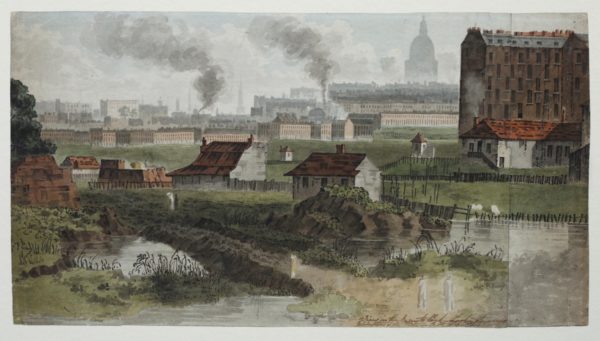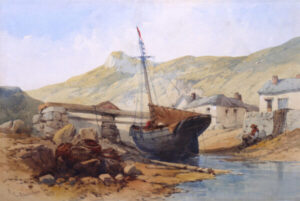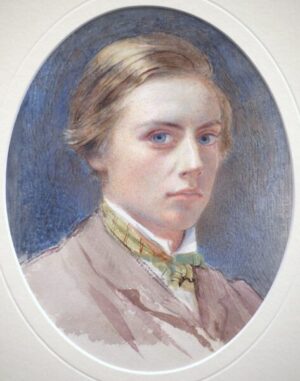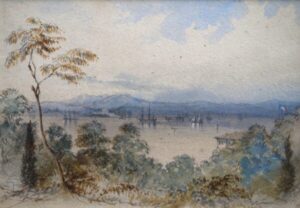Description
The watercolour ‘View in Regents Park looking towards Islington & The City’ and its partner, ‘Terraces at Regents Park’ are rare and important visual references in the history and development of London. The subject matter and date (1816) point firmly to the achievements of the architects John Nash and James Morgan.
In 1811 a lease on part of the Crown Estate, Marylebone Farm, was due to expire. The land would become available for the Crown to develop. The Commissioners of Woods and Forests had their architects draw up a plan for the future which John Nash produced in 1811. It was a bold plan for a new park for gracious living for London’s elite, and a major redesign of part of central London to accommodate a route from the park to Westminster. The credit for Regent’s Park, as this project became, rightly belongs to Nash, but it was Morgan who supervised the work of planting, road making, and laying out the park, including the lake, under Nash’s direction.
In 1816 the building of Islington Tunnel was in progress and dominated Morgan’s life until it was completed in 1818. Three quarters of a mile long, it was built with explosives and wheelbarrows, horses and manual labour. In 1818 the eminent engineer Thomas Telford was asked to report on the tunnel. He reported: “materials and workmanship excellent, and its direction perfectly straight”




